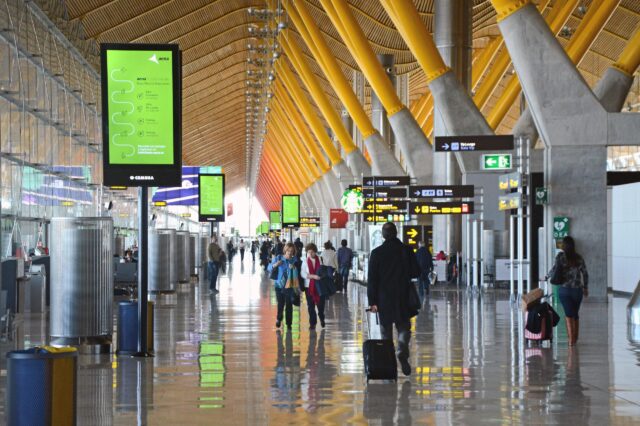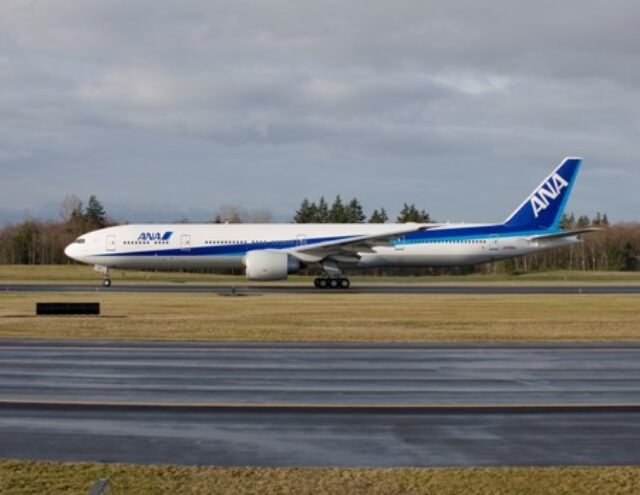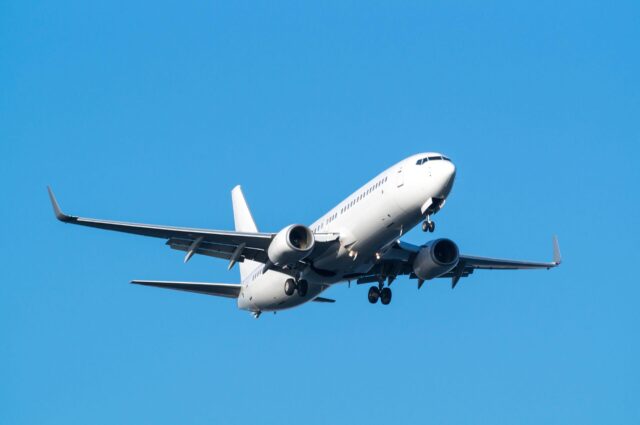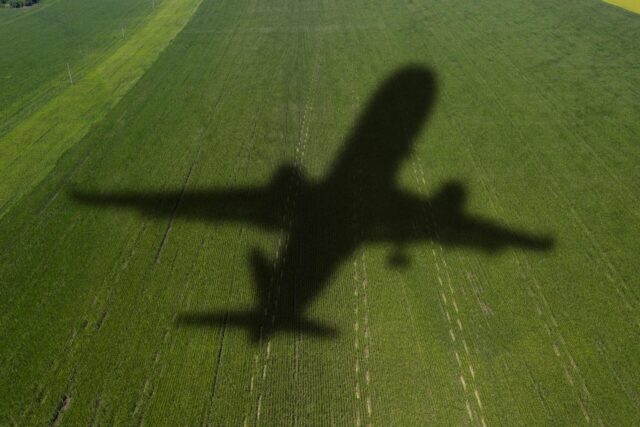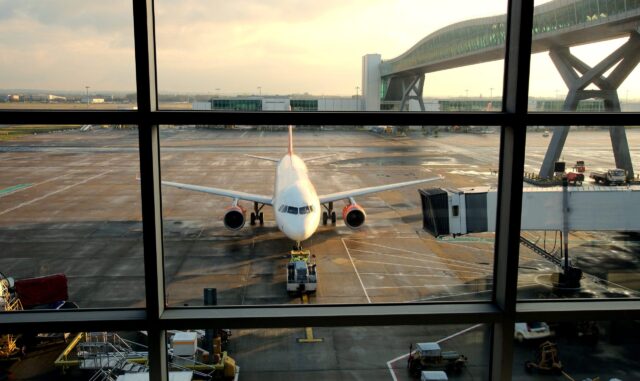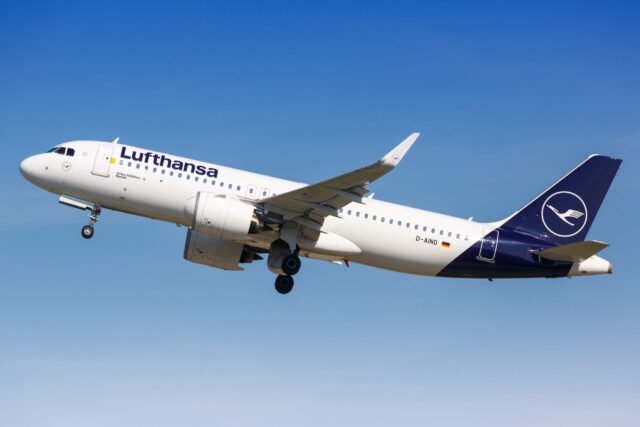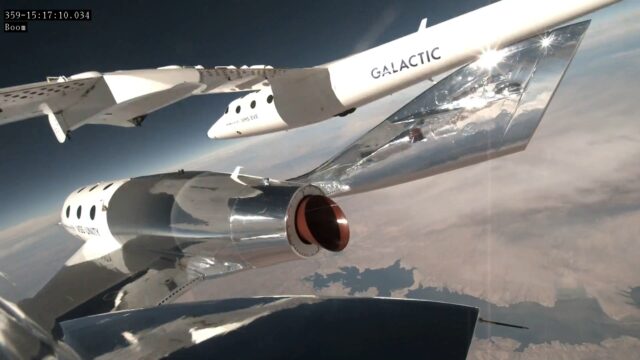Exercise Bamboo Eagle – an ACE adjunct to Red Flag
February 14, 2025

The Bamboo Eagle exercise requires flexible plans, often using small civilian airports, testing the skills of ground crews to turn jets around to get back into the fight.
The USAFWC designed Bamboo Eagle to test and refine joint and coalition forces’ ability to deploy aircraft, equipment, and personnel to unfamiliar airfields, ensuring they can sustain operations under pressure, even in contested environments, a strategy known as Agile Combat Employment. By deploying away from main operating bases, survivability can be dramatically improved, but the ability to quickly adjust, relocate and sustain operations from multiple locations needs to be exercised and practised frequently.
Major General Christopher Niemi, commander of the USAFWC, said: “We have had the luxury of operating from safe haven bases for many decades, and modern threats have fundamentally changed that reality. Bamboo Eagle is a big part of helping us figure out how to manage those threats, and training together with our allies improves our ability to face those threats as a unified team.”
Bamboo Eagle is a combined exercise with the US Air Force and allied force elements from the Royal Air Force, the Royal Australian Air Force, and, for the first time, the Royal Canadian Air Force. The exercise is intended to improve interoperability, and to build improved co-operation, agility and combat readiness.
Fast jets operated from a number of bases, with the F-35As of the 388th and 419th Fighter Wings at Hill Air Force Base deploying to Naval Air Station North Island, California. Boeing F-15E Strike Eagle from the 366th Fighter Wing, Mountain Home Air Force Base (AFB), Idaho, and 159th Fighter Wing Louisiana ANG F-15Cs from Naval Air Station Joint Reserve Base New Orleans, Louisiana, operated from Nellis AFB, alongside most of the RAAF Red Flag deployment, which included F-35A Lightning IIs, F/A-18F Super Hornets, EA-18G Growlers, and an E-7A Wedgetail.
RAF No.6 Squadron Typhoons were seen exercising their ACE capabilities, operating from Santa Maria Public Airport alongside USAF F-35As!
AMC units participating in Bamboo Eagle 25-1 included the 7th Airlift Squadron from Joint Base Lewis-McChord, Washington; the 41st AS from Dyess Air Force Base, Texas; and the 515th Air Mobility Operations Wing from Joint Base Pearl Harbor-Hickam, Hawaii. Tankers included the KC-46As of the 22nd Air Refueling Wing at McConnell AFB, Kansas.
Group Captain Stewart Seeney, RAAF noted that: “This is the largest number of aircraft we’ve deployed for an exercise at Nellis (AFB) since we first attended Red Flag in 1980. These exercises provide a realistic training environment where we can integrate different capabilities and develop our ability to work with key allies and partners. For many of our aviators, deploying on these exercises is a career highlight and is not an experience that can be easily replicated elsewhere.”
“Exercise Bamboo Eagle was conducted across the western United States, and replicated the challenges of conducting long-range missions in the Indo-Pacific, including how we integrate aircraft and other systems across all domains. With more than a hundred aircraft and thousands of personnel across all three participating nations, Exercise Bamboo Eagle is unique in both scale and complexity, and provides our aviators with a highly complex and realistic training opportunity.”
It is hoped that Bamboo Eagle will help to build a more agile and resilient joint force that will be capable of deterring threats in the rapidly evolving security environment across the Indo-Pacific.




